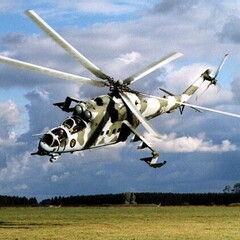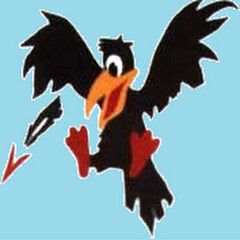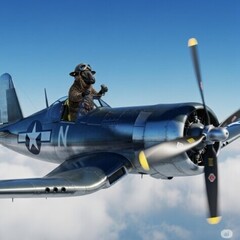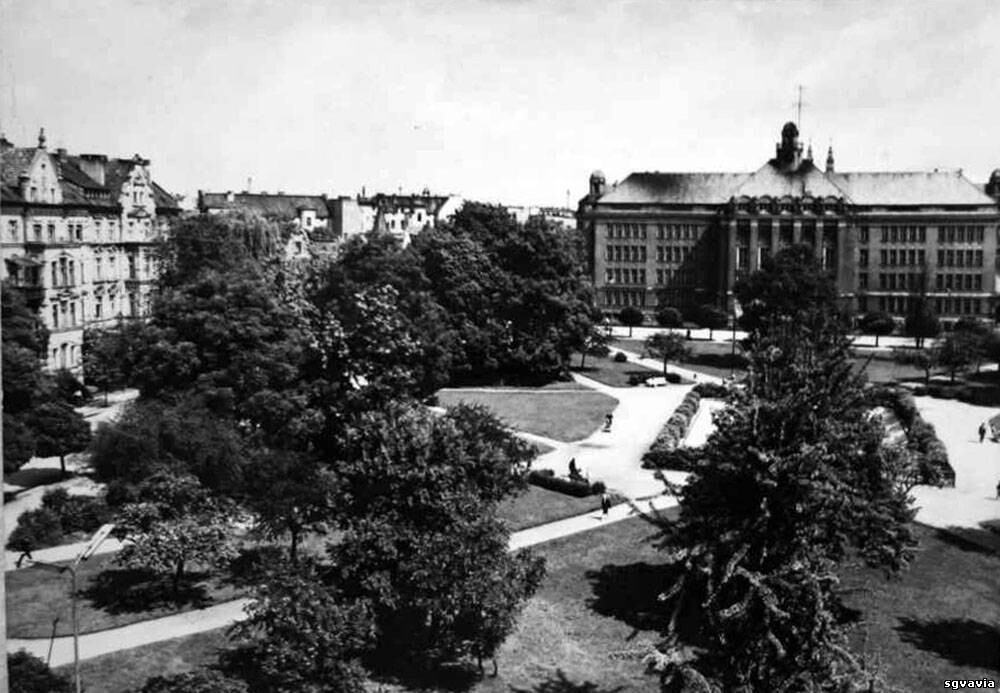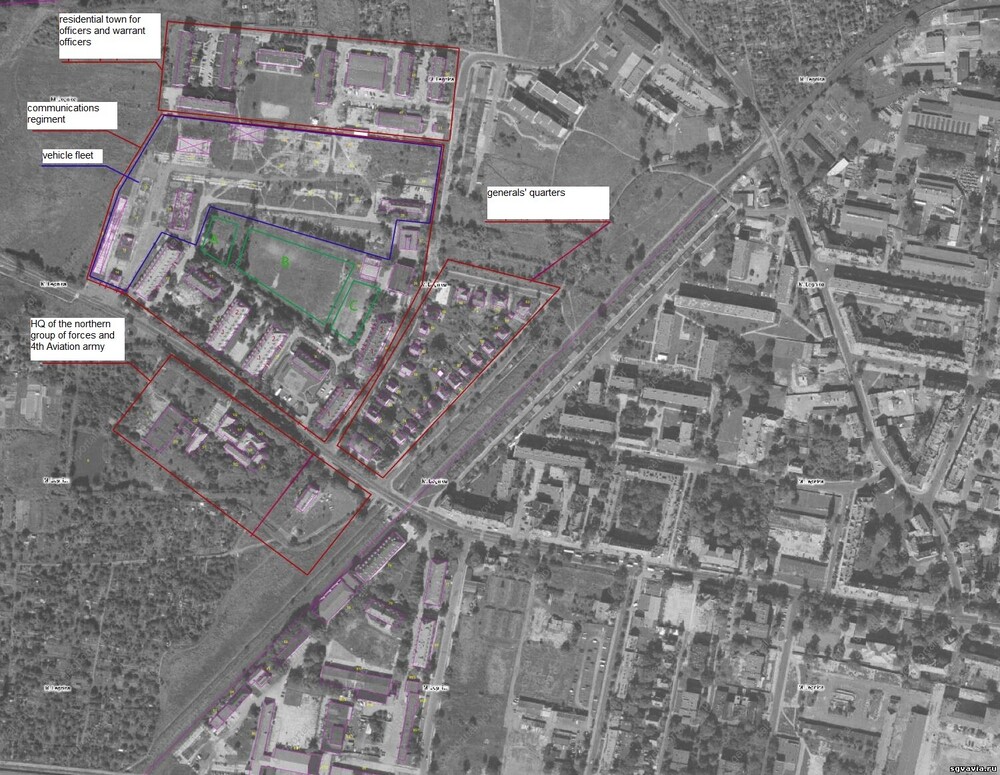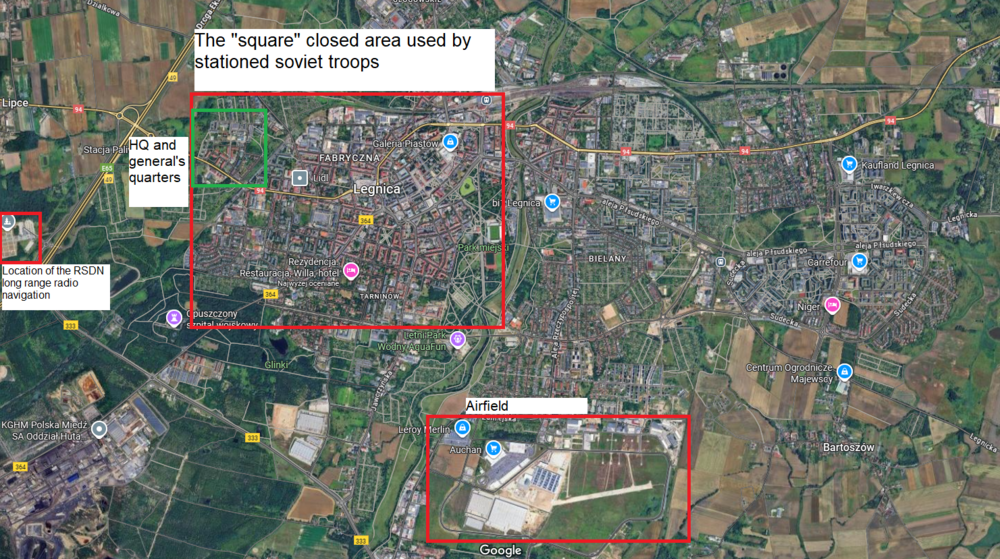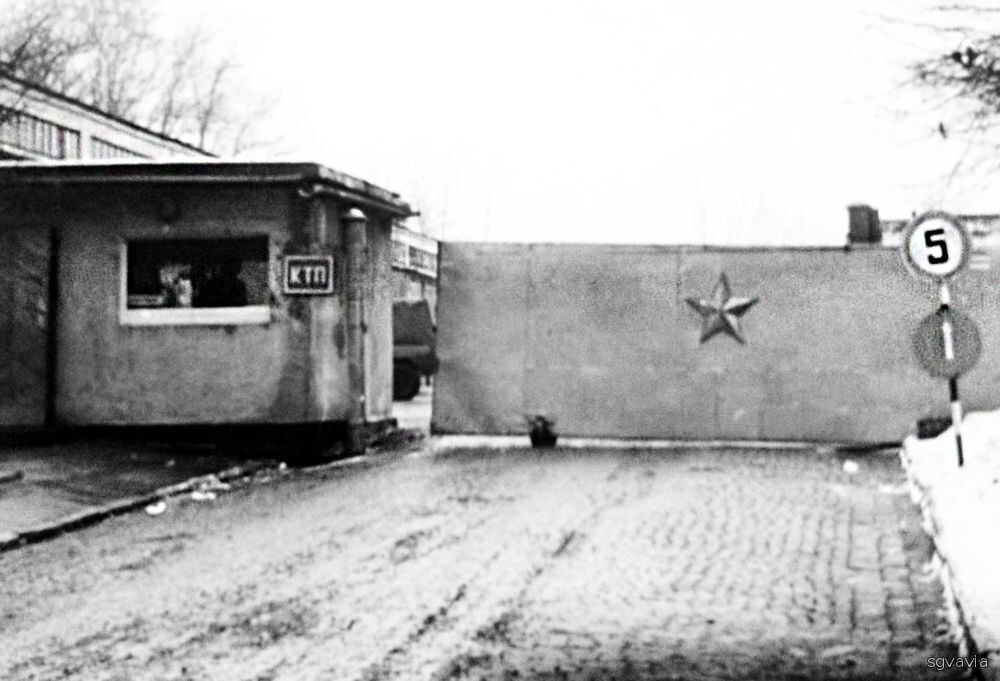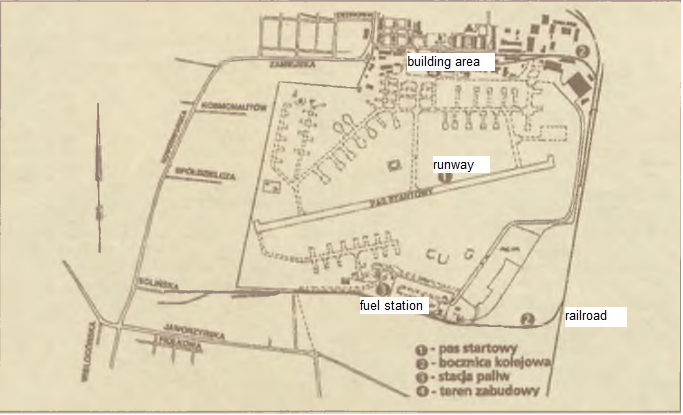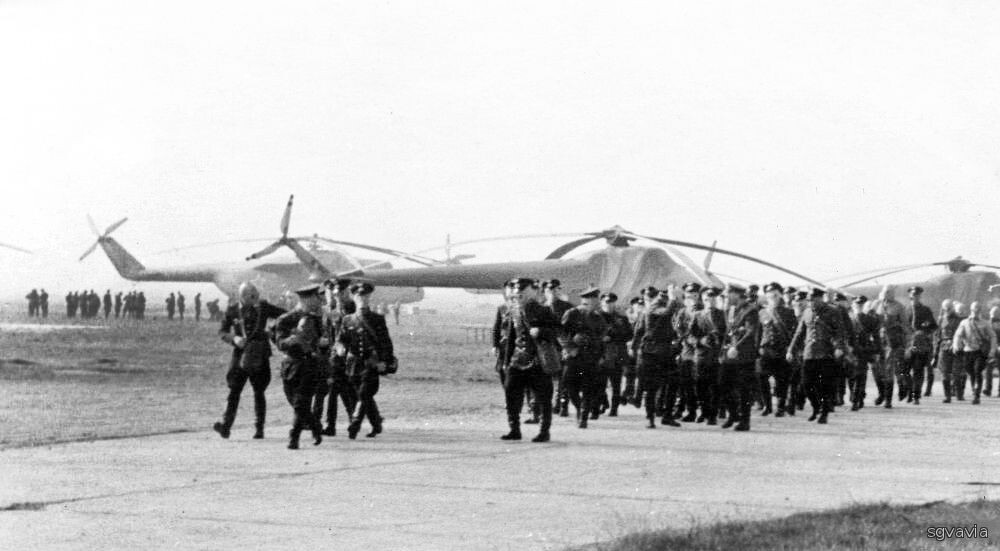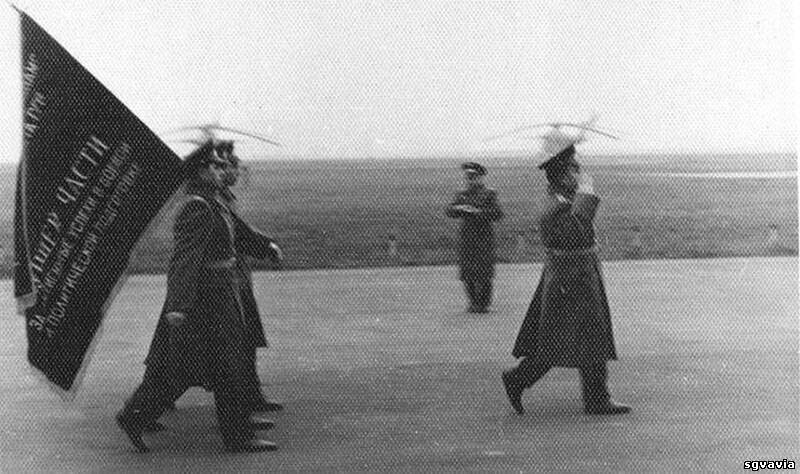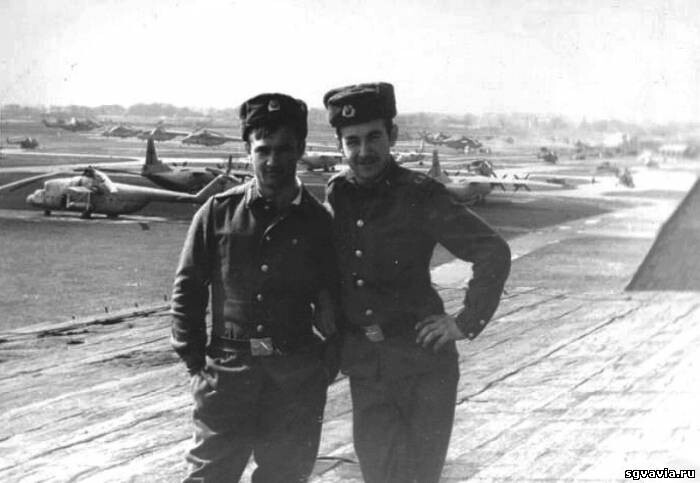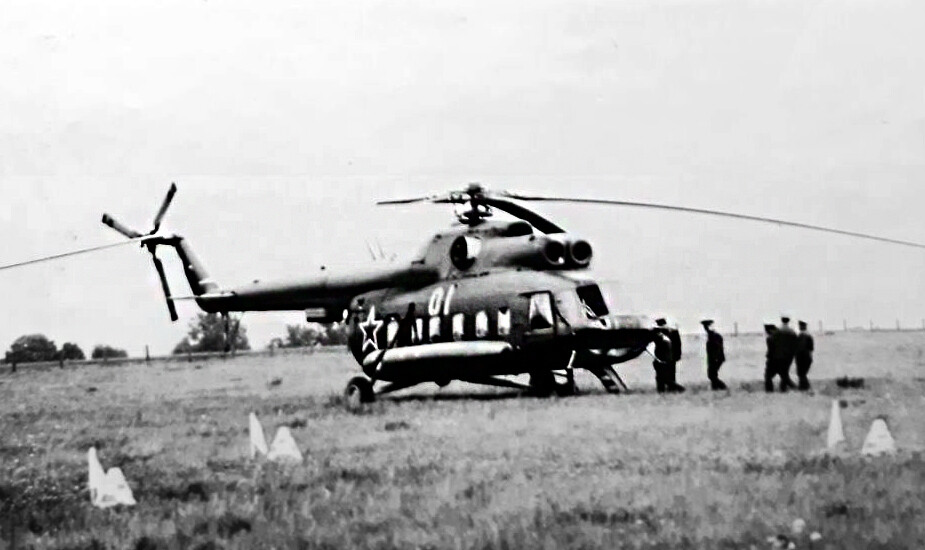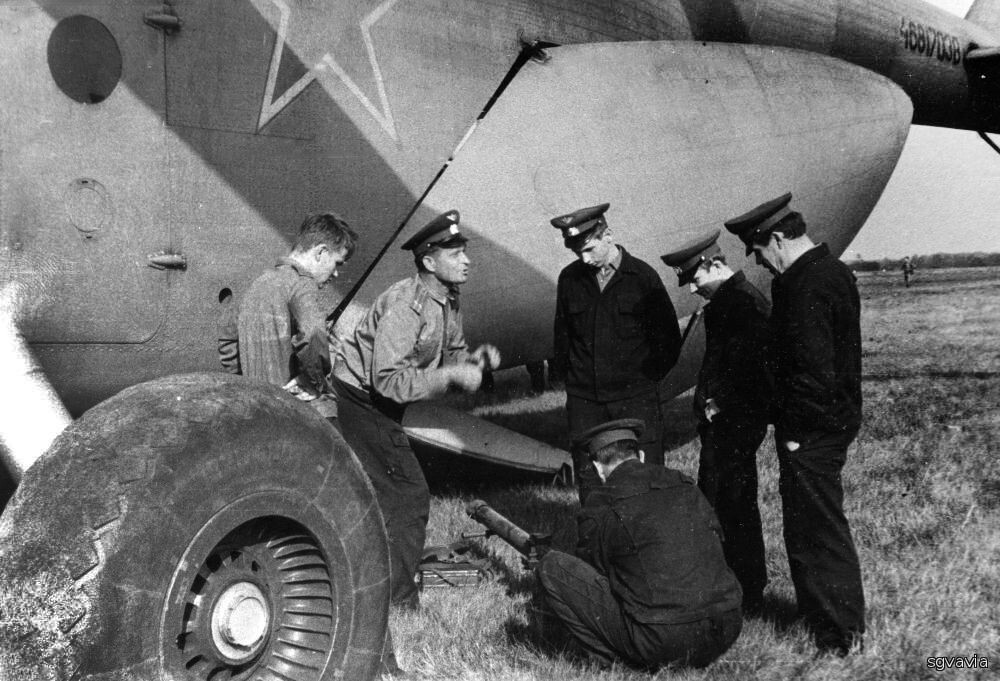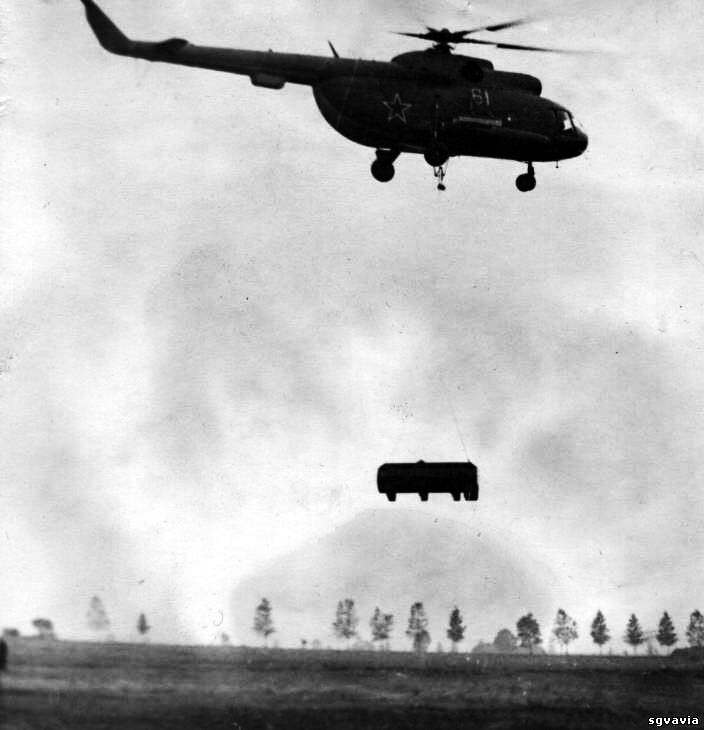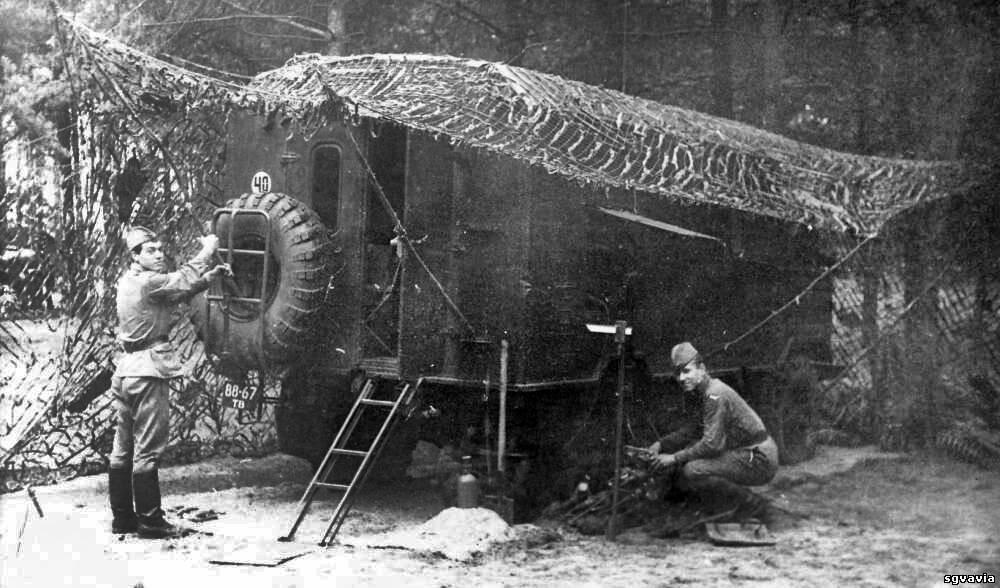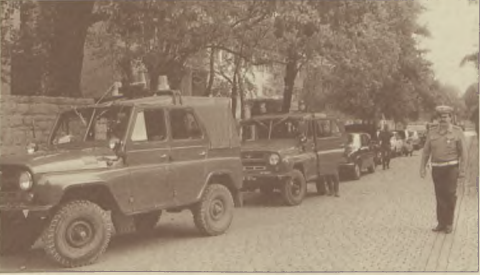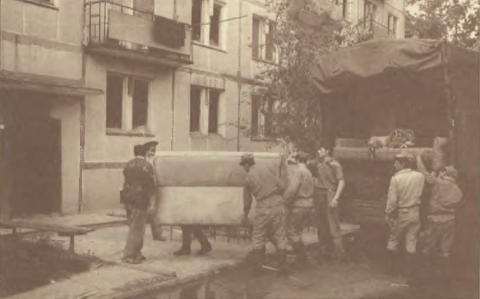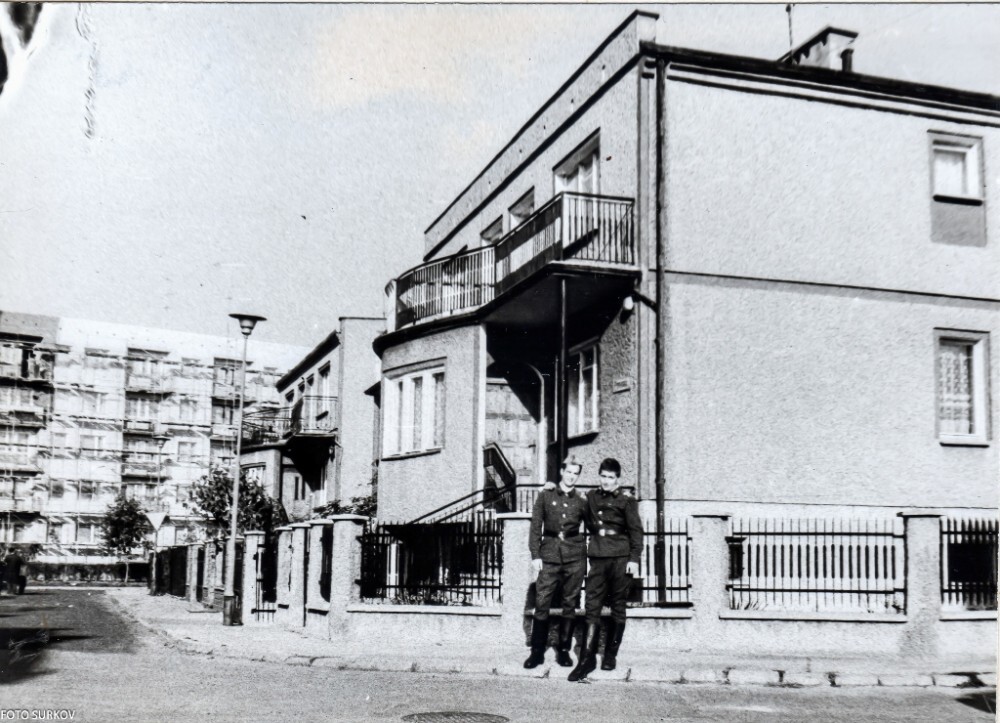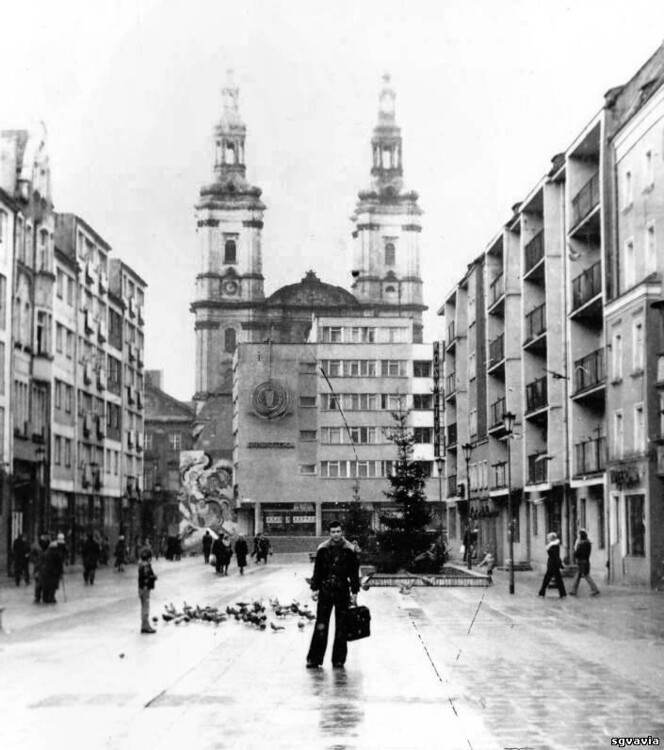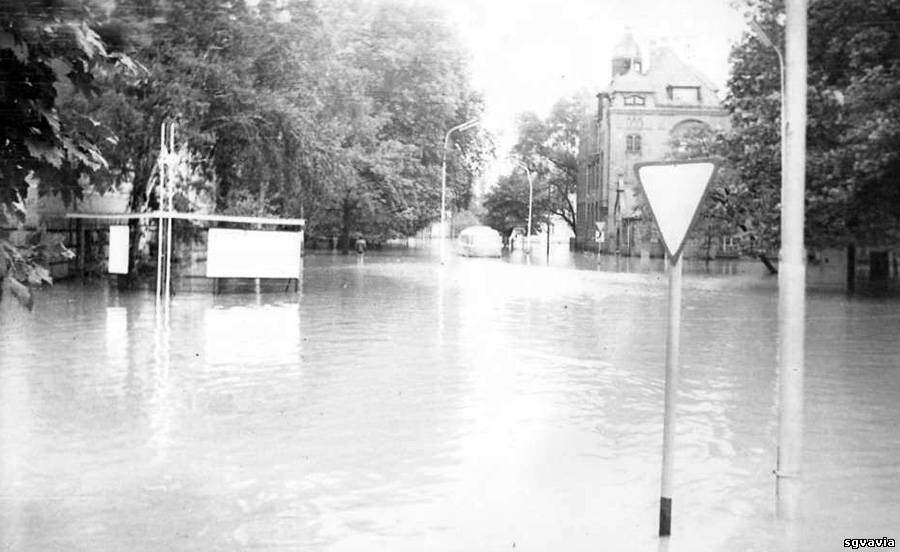All Activity
- Past hour
-
If you use MB's QV, not the latest one.
-

Pimax Super, order and delivery dates, please post.
Panzerlang replied to Panzerlang's topic in Pimax
DMAS, no loss, they're rather crap. I run my sound through desktop speakers but for when I was recording video I used wireless headphones. They fit very nicely under the OG and ditto with the Super (and perfectly comfortable too). -

MUSTANG RIDERS 1 on 1 tournament for DCS: World's P-51D Mustang
Butrus replied to Maler's topic in DCS: P-51D Mustang
Are there any active tournaments of 1v1 or 2v2? or any ww2 pure dogfighting events or ladders of any sort? would be great to participate in one thanks -
This is the error: "ERROR EDCORE (5132): Can't open file: /shaders/model/fake_omni_lights.fx." Seems you only installed half of the Mod, the VPC Mod has two components: one goes into /Saved Games/ while the other goes on the DCS program folder itself, like this: On my PC those missions do work, just tested one of them: I'm on other projects at the moment, so can't really provide more detailed help on the install of the VPC mod, sorry. Eduardo.
-
yeah, maybe not lower than fixing L-39, but yes
-
shangoun joined the community
-
16AGR_Darkwood changed their profile photo
-
-
The sooner the better on this module. I would be happy with just the AI Zeros. Did a small mission with the bat bombs the other day and got jumped by 12 190's and it was epic. Would be even better if it was A6m's.
-
I’m sure they do. I’m also sure that implementing them is of the lowest priority.
-
Yep But I am pretty sure that ED knows about toe breaks regardless of our proofs
-
Ironhand started following Brake Axis
-
Good find. Finally, visual proof of toe brakes rather than an assumption based on lack of brake lever on the stick.
-
The latest from a PIMAX production status email:
-
Any news on the Mirage F1M?
-
Mail an den Support schicken. Die sind immer hilfsbereit!
-
Thanks for the detailed explanation, @GTFreeFlyer This is awesome! Your explanation has filled in a lot of holes in the landing sequence that I'm experiencing. I'll be practicing this incessantly! Thanks again for taking the time!
-
MAXsenna started following MPD size/location in [Alt]+F1 HUD only View
-

MPD size/location in [Alt]+F1 HUD only View
MAXsenna replied to TheBiggerBass's topic in General Bugs
You might want to cross post in the Wishlist section! -
I think it's just a matter of font initialisation sequence. Or font I'd try to make my 777 cdu work now that the a10c -> Mcdu is working , but the lib by default seems to only work for the mcdu airbus. The default lib is searching for a PID ^ VID device that matches productName: WINWING MCDU-32-CAPTAIN vendorId: 0x4098 (16536) Unknown vendor productId: 0xBB36 (47926) The B777 PID is 0xBB37 , so i just changed the PID in the lib code and tried, but nothing was displayed. I also uploaded the font i customised for the A10C ( my 2nd hyptothesis was that the mcdu code refer to a default font name - and they're not the same on mcdu / 777 in the simap pro app. In the process , there's a phase to initialise the device, and as they are physically different i think the mcdu sequence do not work for my b777 . Nothing is displayed So this is the thing to "sort out / sniff " to get something displayed on it ( mcdu lib by default wont work ) - Find the correct initialisation sequence. ( hardest part ) - or just clone the sniffed traffic ? With a customised font it now looks like this
- Today
-
Looks good so far...but need to test in different lighting conditions in-game.
- 2 replies
-
- mig-15bis
- korean war
-
(and 2 more)
Tagged with:
-
Legnica HQ and airfield of the soviet northern group of forces "When the Red Army front commands were dissolved in early June 1945, the military command posts were subordinated to the Northern Group of Forces command in Legnica (abbreviations used: PGW, PGWAR, PG W FR), commanded by Marshal Rokossowski. At that time, they lost their “war” character. In the following months, a significant part of the command posts (249 units) were liquidated, mainly those located in provincial and county towns. Another 244 units were liquidated between August and November 1945. Only 43 commandant's offices remained, which were liquidated in mid-1946. After surviving the most difficult months of 1945, when Poles did not have access to the city center, political parties and associations began their activities, the first Polish school year began, and health care and service points were organized. The difficulties faced by the Polish authorities affected almost all spheres of life. These included poor security, staff shortages, and most annoyingly, financial shortages. Regular salaries began to be paid to employees only in September. Until then, the most common means of payment was vodka, which is why distilleries were among the first enterprises to be launched. One of the greatest difficulties faced by the first Polish authorities in Legnica was the inability to fully launch the city's infrastructure due to the division of Legnica into Polish and Soviet parts. The city was divided in July 1947. As a result of a series of conferences between representatives of the City Council and the Group's command, a demarcation line was established between the districts inhabited by Polish citizens and the quarters under Soviet administration. The Russians reserved the newest, southern part of the city, known as the Square, for their exclusive use and created Soviet enclaves around many public buildings in the center (e.g., they occupied the Drama Theater, the Knights' Academy, the city park, and many others). After this division of Legnica, into the part of the city under Polish administration and closed military sectors, one of the most important and at the same time most feared complexes in the city became the buildings within Gwarna, Muzealna and Złotoryjska Streets. The Soviet Garrison Command, Military Prison, Military Court with jurisdiction over the entire PGWAR and the Garrison Hotel were located there. These buildings have not changed their function, for which they were built in the 1870s, with the difference that until 1945 they were an important element in the social and political structure of the city and served the local community, and after 1945 they became a completely separate part of the city. The decision on the location of the Group's headquarters was made relatively late, probably not until early July. On July 11, 1945, Rokossowski's deputy for political affairs informed Governor Piaskowski of this, as well as of the need for Polish institutions and Polish residents to leave the left bank of Legnica. Everything was supposed to have been agreed with Bolesław Bierut by that time. The choice of Legnica was not, as mentioned, a coincidence: a large modern barracks base, hospital and warehouse facilities, the city's convenient location on transport routes, a military airport, large districts, and well-equipped residential houses that could accommodate a large number of staff with their families — were excellent and probably sufficient justification. The composition of the Northern Group of Forces of the Soviet Army at the time of its creation was as follows: 65th Army, 43rd Army, 52nd Army, 3rd Guards Cavalry Corps, 3rd Guards Armored Corps, 5th Armored Corps, 10th Armored Corps Army, 20th Tank Corps, 4th Air Army consisting of 3 air corps. Bolesław Potyrała gives a slightly different composition of the Northern Group of Forces: 65th Army of General Paweł I. Batow, 49th Army of General Iwan T. Griszin, 70th Army of General Wasilij S. Popow and 4th Air Army of General Konstantin A. Wierszynina. Of the generals mentioned, P. Batow served the longest in Legnica (until 1948). While in the period 1945-1953, the military groups were headed by 14 marshals and generals with significant achievements during the war, in the following years, the positions of commanders-in-chief and commanders were held by lesser-known generals. There was significant rotation in the highest positions, and among the lesser-known figures who were sent to Legnica were Gen. K. Konstantinov, Gen. A.I. Radziewski, and Gen. K.P. Trubnikov. in 1945, the PG W consisted of a total of 4 armored corps, 30 rifle divisions, 12 air divisions, 10 artillery divisions, and 1 cavalry corps, and numbered at least 300,000 soldiers deployed in fifteen provinces (according to the administrative division prior to 1998) in 59 locations belonging to 35 garrisons." null View from the roof of the Soviet school number 30 "It is impossible to determine the exact number of PGW soldiers stationed in Poland until 1956. Representatives of the Polish administration were not allowed to enter the barracks, and the Polish authorities did not have any list or register of them. The best known are the locations of the PGW from the period after 1956, because most of the Soviet bases existing at that time functioned until the withdrawal of the Group's troops from Poland in 1993. It is also impossible to determine the exact number and location of garrisons, except for those that can be located on the basis of reports from administrative bodies and reports from the Delegation of the Government of the Republic of Poland/Polish People's Republic at the PGWAR, which operated from 1946. According to estimates, at the time of its creation (June 1945), the PGW had over half a million people. In addition to military facilities, the Group occupied thousands of hectares of agricultural estates and industrial facilities. In total, the PGW forces used 15 airports (nine for their own needs — eight where military units were stationed and one spare; six as spare airports, which the Russians used jointly with the Polish army), 11 port basins, 4,340 m of sea coast; 12 large fuel depots, three of which functioned as independent facilities; 6,517 buildings, of which 3,800 were owned by the State Treasury and 2,717 were built by the Russians for their own needs. Eighteen facilities were located outside the area of greatest concentration of PGW units: four airports, four communication stations, three tropospheric communication stations, and military postal units. For the period before 1956, three stages of PGW transformation can be distinguished: • The period of demobilization after the end of the war, which began on June 23, 1945, and lasted until 1948. The return of Red Army soldiers to the USSR was particularly intense from mid-1945 to mid-1946. • 1947, when General P. Batov's 65th Army was withdrawn from Poland. The withdrawal of the 65th Army was connected with the transfer of the facilities it had occupied to the Polish side. In total, in 1947, Soviet troops handed over 2,440 buildings to the Polish authorities, including three gymnasiums, a number of houses and shops in Legnica. • The years 1948-1956, when the structure of the Group became more stable and there were fewer changes, both in terms of numbers and deployment. During this time, the structure of Soviet bases in Poland also took shape." "The locations of PGW units are therefore only known from the period after 1956, when, under the signed agreements, the Polish authorities carried out inventory checks. The checks did not cover all of the facilities owned by PGWAR (it is estimated that approximately 85% of the facilities were inventoried; the Polish commission was not allowed access to the remaining 15%, the so-called special facilities, and the inventory was carried out unilaterally by a Soviet delegation). The list of PGW bases did not include all the locations where Soviet troops were stationed. Among the places not covered by the inventory, it is worth mentioning Malbork, Elbląg, Olsztyn, Gorzów, Bydgoszcz, Siedlce, and Poznań, where Soviet troops were stationed until the mid-1950s. In addition, in many cities, the Group had so-called seconded soldiers, e.g., for the purpose of supervising communications, cooperating with Polish military units, subunits for special tasks, etc. According to estimates, between 1946 and 1949, there were approximately 300,000 Soviet soldiers in Poland (in Legnica alone, there were approximately 50,000 in 1949). This number gradually decreased, but even after the signing of the agreements in 1956, it did not reach the agreed ceiling of 62,000-66,000. Probably the Group did not reach this number until the 1980s. Interestingly, the Russians achieved the highest rate of evacuation was achieved by the Russians in 1956-1958. During these two years, they left almost a hundred localities." officer's quarters "Soviet troops were often stationed at various locations within the same town or used facilities that were far apart from each other. For example, in Legnica, barracks complexes were scattered throughout the city. This forced the Russians to use the entire urban infrastructure, not just a designated area, and it was necessary to use public roads, which consequently contributed to both traffic accidents and damage to the road surface by heavy military vehicles. Soviet units stationed in Poland were under the command of the Group, while the commander-in-chief (later commanders) of the PGW reported directly to the Minister of Defense of the USSR. After the creation of the United Command of the Warsaw Pact in 1955 here were numerous disputes over jurisdiction between the heads of these forces. The disputes between the commander-in-chief of the United Armed Forces of the Warsaw Pact, Marshal Ivan Konev, and the then commander of the PGW, General Kuzma Galicki, were particularly fierce. Ultimately, this conflict led to Galicki's dismissal from his command position in February 1958and his transfer to the post of commander of the Transcaucasian Military District 10. The troops comprising the Group initially had an army structure, then a divisional structure. In addition to its role as guardian of Soviet interests in Poland, the Group also performed tasks resulting from the prevailing military doctrine. It was to develop an offensive after the enemy front on the Elbe was broken by the East German Army Group in the event of a war of aggression or, in the event of a breakthrough of the Soviet defenses, to launch a counterattack. It was also to create conditions for further operations by operational units that would arrive in such a case from border military districts. The operational tasks of the PGWAR were thus closely linked to the role that the Soviet high command assigned, in the event of an armed conflict, to the much larger, first-line Western Group of Forces, stationed in the GDR , and to the activities of border military districts, including the Belarusian Military District. The PGWAR was to serve as a base and secure the conditions for the formation of a second front, which was to be created only by large tactical units from the western districts of the USSR." "Next to the PGWAR headquarters, and since 1984 the Western Operational Direction (ZKO), there was also the headquarters of the 4th Air Army (AL) in Legnica on Chojnowska Street, subordinate to the Group, but with a certain degree of independence due to its strategic tasks. It was one of the independent air armies of the Soviet Air Force and was intended to improve the effectiveness of aviation. The composition of the 4th AL, with which it entered the PGWAR according to Directive No. 269 of the Stavka WK of May 29, 1945, was as follows: 5th Bomber Aviation Corps (132nd and 327th Bomber Aviation Divisions), 4th Assault Aviation Corps (196th and 199th Assault Aviation Divisions), Fighter Aviation Corps (215th and 323rd Fighter Aviation Regiments), 230th, 233rd, 260th and 332nd Assault Aviation Divisions, 229th, 269th, 309th and 329th Fighter Aviation Divisions, 325th Night Bomber Aviation Division, 47th and 164th Guard Reconnaissance Aviation Regiments, 209th Aviation Regiment for Reconnaissance and Artillery Fire Correction, 213th Medical Aviation Regiment, 184th Air Communications Regiment, 844th Transport Aviation Regiment, 69th Civil Aviation Fleet Aviation Regiment, 1550th, 1559th, 1584th, 1601st, 1606th, 1607th, and 1655th Anti-Aircraft Artillery Regiments. From the moment of its creation, the Northern Army Group maintained full combat strength: a complete complement of personnel, armaments, and equipment corresponding to the needs of warfare." "PGWAR units occupied an area of approximately 17 km² in the city of Legnica. This huge area contained over 1,200 facilities that were in constant use by the Russians. In addition to typically military facilities (barracks, military airport, storage bases), they also occupied hospitals, educational and cultural facilities (the occupation of the Drama Theater building was most painful for the residents), sports facilities, and residential buildings. The Russians also occupied the most beautiful, villa-filled part of the city, known as Kwadrat (the Square). The facilities belonging to the Russian army constituted about 1/3 of the old, Art Nouveau, central part of the city. In total, there were 482 residential buildings and 721 non-residential facilities." "The garrison character of the city was reminded to its residents by a wall separating the western districts. Guarded by Soviet military patrols, these quarters of the city constituted a “city within a city.” The following military formations were stationed in Legnica: the Command Headquarters of the Northern Group of Soviet Forces, 4th Air Army, 19th Communications Regiment, 137th Communications Battalion, 91st Support Battalion, 25th Helicopter Squadron, Armored Unit, Communications Equipment, Military Hospital, Post Office, and Telecommunications. Together, they occupied an area of 608.8 hectares." "Barracks complexes were scattered throughout the city. The Russians not only used existing facilities, but also built their own. Between 1946 and 1990, they built 211 facilities in Legnica alone (in the former Legnica Province, there were a total of 510 buildings). The most important barracks complexes were located as follows: • barracks on Złotoryjska Street — the complex covered an area of 29 hectares and housed an armored unit and workshops, • barracks on Słubicka Street — they were a vehicle base for the communications troops, • barracks on Poznańska and Bydgoska Streets (also a vehicle base, covering an area of 11.82 hectares), • sanitary and epidemiological station and laboratory at Rzeczypospolitej Avenue, • “Igla” communications station, located outside the city, occupied 5.4 hectares, • barracks at Chojnowska Street — it was an entire barracks and residential complex with an area of 12.91 hectares." Soviet checkpoints in Legnica Airfield in Legnica "From February 21, 1945, the regiment became part of the 4th AL II FB, continuing to supply the fighting units. On July 22, together with the entire 4th AL, it was transferred to the airport in Legnica. The regiment was awarded the Order of the Red Star for its contribution to combat operations. On January 1, 1946, its name was changed to 844th Independent Mixed Air Regiment, and in 1948 it was reorganized into the 245th Independent Mixed Air Squadron. The aircraft used earlier were Po-2, Yak-6, Li-2, and C-47. In the 1950s, the worn-out Li-2s were replaced with Il-12s and Il-14s. The unit was also equipped with Mi-1 and Mi-4 helicopters. In the following years, the aircraft and helicopters were replaced with more modern ones. The Russians mainly used helicopters (Mi-6, Mi-8), and from 1969 they also used An-12. The helicopters were used for transport and lifting by civil aviation and military aviation in the USSR and Warsaw Pact countries. The An-12 served as a transport aircraft for parachute jumpers, some of them were adapted for electronic warfare, and one was converted into a flying command post. The squadron served primarily as logistical support for the 4th Air Force and the PGWAR command. It consisted of a helicopter squadron (5 Mi-8) and two transport aircraft squadrons (6 An-26, 4 An-12). In addition, it had one Il-20 aircraft to secure passenger flights. It was the last PGWAR air unit to leave Poland. The airport had the following facilities: a 1,600 m long and 40 m wide runway, paved taxiways and a grassy area, aircraft hangars, missile warehouses, a railway siding, a radar station, guard buildings, and military barracks. The 4th Air Army had several military airports at its disposal, as well as an air training ground. Eight PGW airports in Poland were first strike facilities, while the rest were backup facilities. The army consisted of two divisions: bomber and fighter, both divided into regiments, as well as several independent air regiments for various purposes. These formations were directly subordinate to the headquarters of the 4th Air Army in Legnica. The 4th Air Army also included the 132nd Czerniachowsk Bomber Division, stationed outside Polish territory. The army's reserve airfields were located in the following towns: Oława-Stanowice, Wschowa-Łysiny, Namysłów, Stargard Szczeciński (Burzykowo and Słotnica), Dębica, Nadarzyce, and Brochocin." Some informations from mil-airfields.de Legnica: Airfield Fliegerhorst Liegnitz, Аэродром Легница Coordinates N511058 E0161044 (WGS84) Google Maps Elevation 407 ft Location indicator EPLE Location of airfield Southern edge of Legnica. Usage until 1945 Luftwaffe air base Liegnitz. Usage during the Cold War Soviet air base, transport aircrafts. Use today Transfered to Polish authorities on September 15th, 1993 (Source: www.bicc.de). General aviation. Runways 08/26: 1600 m x 40 m Concrete Radio beacons Data for the year 1990: LOM 26: 315 LMM 26: 650 RSDN, N511212 E0160637, Long range navigation system Radio communication Call sign: "JENNISSEJ" (1965), "OTKRITKA" (ОТКРЫТКА) (1980) Units 245 OSAE 4 An-12, An-24, 6 An-26, An-72, 5 Mi-8 (1990). The unit left Legnica on August 19th, 1993. Installations "Garrison and aiport of total surface of 608,8 hectares. 981 buildings (habitation, barracks, stores, garages, workshops) which form a separated part of the town, from which they are divided by a wall. Fuel station of 10,6 thousand meters3 capacity." Political transformation and preparations for the withdrawal of Soviet troops from Legnica "In the 1980s, there was a rapidly growing desire in the countries of the Soviet bloc to free themselves from the political and military tutelage of the USSR. As a result,the Soviet military leadership began to consider the possibility ofmoving its troops from neighboring countries deeper into the USSR. In Poland, the political changes that had been taking place since 1989 undoubtedly accelerated this process. At the beginning of the 1990s, the Russians began to consider the necessity of completely leaving Poland.The last show of force by the communist authorities, supported by the Kremlin, towards the Polish people was the introduction of martial law, which ultimately also marked the beginning of the end of the existing order. Changes began in Poland, the impact of which on neighboring countries led to the collapse of the socialist system during the so-called Autumn of Nations. These changes lasted 10 years in Poland, 10 months in Hungary, 10 weeks in East Germany, and 10 days in Czechoslovakia — this is how Timothy Garton Ash summed up the process of the collapse of the socialist bloc in November 1989. The avalanche of processes that contributed to the political transformation of the countries of Central and Eastern Europe began in the fall of 1989. In September, the Hungarian authorities opened the border with Austria to emigrants from East Germany . A month later, a spokesman for the Central Committee of the Communist Party of the Soviet Union said in an official statement that “the USSR is not afraid of changes in the structure of the Warsaw Pact” and “will respect the decisions of its members.” The countries' efforts focused on achieving complete sovereignty. One of the priorities of Polish foreign policy at that time was to build and participate in a European collective security system and regional cooperation. The Russians were very slow to get used to Poland's independence. This was reflected in the difficulties encountered by Polish foreign policy in its relations with the USSR, particularly the issue of the withdrawal of Soviet troops from Polish territory. Polish-Soviet talks on the withdrawal of Soviet troops from Poland, which began in December 1990, were concluded on May 22, 1992, after fifteen rounds of negotiations. The agreement on the withdrawal of Soviet troops was initialled in Moscow in November 1991, while the Soviet Union was still in power. The initialed agreement paved the way for the signing of a Polish-Soviet treaty comprehensively regulating mutual relations. The agreement was initialed by Deputy Foreign Ministers Jerzy Makarczyk on the Polish side and Yuri Dieriabin on the Soviet side. At the same time, documents concerning the transit of Russian troops from Germany were also initialled. They specified train routes, rules for crossing the border, and jurisdiction regarding liability for any damage caused during the transit through Polish territory. The most important achievement, however, was the agreement that no nuclear or chemical weapons would be transported through Poland. It was finally agreed that all combat units would leave Poland by November 15, 1992, and the remaining formations by the end of 1993, with their numbers, which at the beginning of 1993 were to amount to 6,000 soldiers, and at the beginning of the fourth quarter of 1993 — to 2,000." Exodus of the soviet forces Source: "PODWÓJNIE STRZEŻENI ARMIA RADZIECKA W LEGNICY" (1945- 1993)" - Joanna Lilla Swiącik Wrocław 2010 Soviet BTR driving through flooded Legnica in 1977
-
Вот точно такая же история и у меня, когда с захватом ракета летит ниже крестика. Буду тренироваться, что ж. )
-
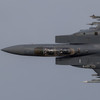
Pimax Super, order and delivery dates, please post.
Marshallman replied to Panzerlang's topic in Pimax
Not sure at all .


